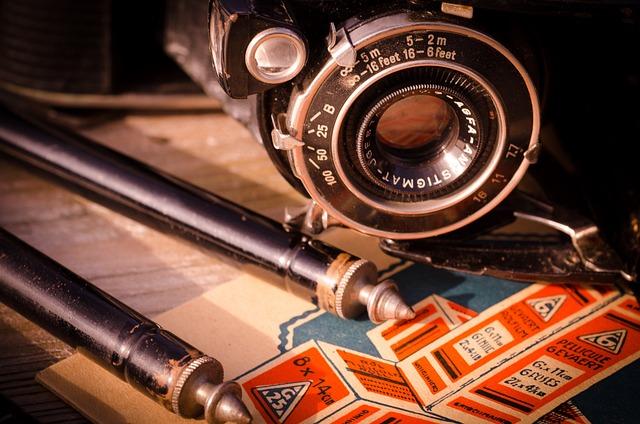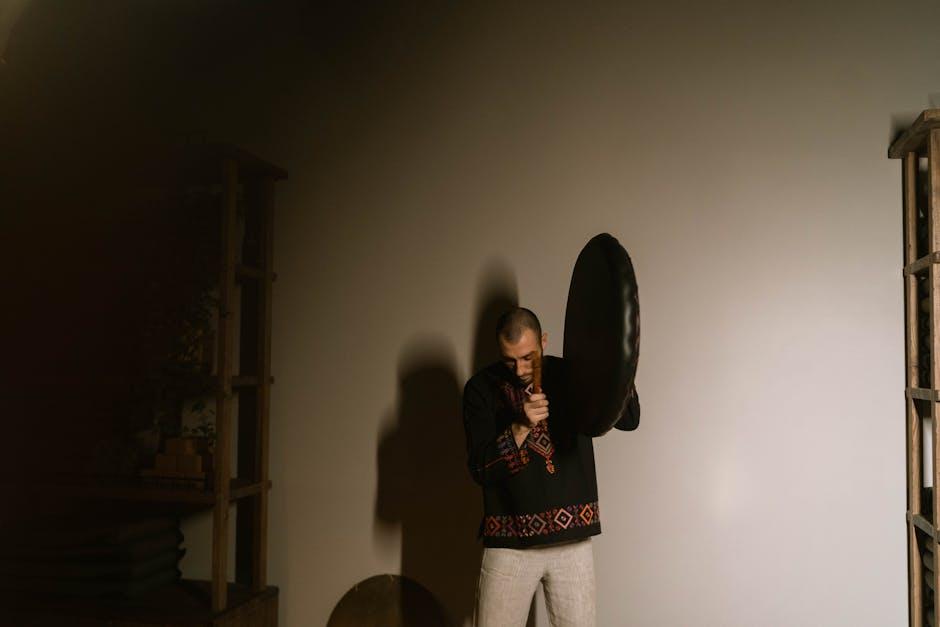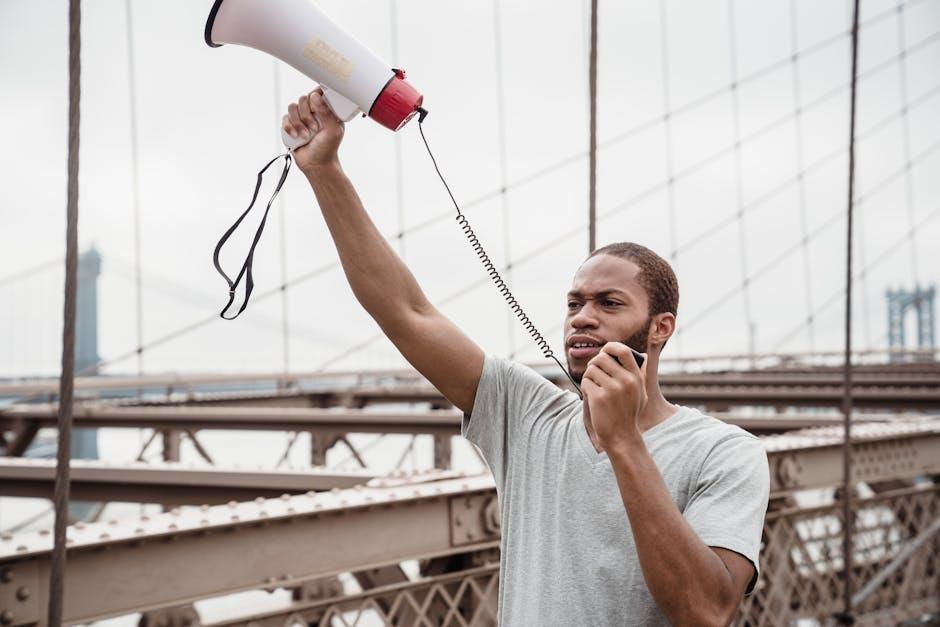In the dim glow of a movie theater, as the opening scene unfolds, it’s not just the characters or the storyline that captivates us—it’s the world we’re drawn into. The setting, often an unsung hero, plays a pivotal role in crafting a film’s atmosphere. From the eerie fog of a haunted mansion to the bustling streets of a vibrant metropolis, the backdrop sets the tone, evokes emotions, and transports viewers to realms both familiar and fantastical. This article delves into the crucial role of setting in film, exploring how it shapes narrative depth and enriches the cinematic experience. Join us as we journey through landscapes that define and elevate the art of storytelling on screen.
Crafting the Backdrop: How Location Shapes Narrative
The choice of location in a film is not merely a backdrop; it is a vital thread woven into the narrative fabric. It breathes life into the story, offering a canvas on which characters can evolve and plotlines can unfold. The setting serves as a silent character, influencing mood and tone, and often reflecting the internal states of the protagonists. A bustling cityscape can mirror the chaos of a character’s mind, while a serene countryside might underscore themes of peace or isolation.
- Visual Symbolism: Locations often carry symbolic weight, enriching the story with layers of meaning.
- Emotional Resonance: The right setting can evoke specific emotions, drawing audiences deeper into the narrative.
- Historical Context: A well-chosen setting provides authenticity, grounding the film in a particular time and place.
In essence, the setting is a narrative tool that, when used effectively, transforms a film from a mere sequence of events into an immersive experience, captivating audiences and enhancing storytelling.

Lighting and Color: Painting the Mood with Visual Hues
Lighting and color play a crucial role in shaping the emotional landscape of a film. Through the strategic use of visual hues, filmmakers can evoke specific emotions, guiding the audience’s subconscious to feel tension, joy, or melancholy. Consider the haunting shadows of a noir thriller; the interplay of light and dark creates an atmosphere of mystery and suspense. Alternatively, the warm, saturated tones of a romantic scene can envelop viewers in a sense of comfort and intimacy.
- Contrast: High contrast can heighten drama and tension, while low contrast often provides a softer, more tranquil mood.
- Color Temperature: Cool colors like blues and greens can evoke calmness or isolation, whereas warm colors such as reds and yellows often suggest passion or warmth.
- Symbolism: Colors can carry symbolic meanings, such as red for danger or love, influencing audience perceptions on a deeper level.
By mastering the delicate balance of lighting and color, filmmakers paint not just the scene but the very emotions that linger long after the credits roll.

Soundscapes and Silence: The Audio Dimension of Atmosphere
In the world of film, soundscapes are a powerful tool that shape the emotional and psychological landscape of a scene. Soundtracks and ambient noises work together to create a rich tapestry that guides the audience’s feelings and expectations. Consider the eerie, echoing footsteps in a deserted hallway or the gentle rustle of leaves in a serene forest. These audio elements do more than fill silence; they evoke emotions and set the tone, making viewers feel suspense, peace, or excitement without a single word spoken.
- Ambiance: Captures the essence of a location, whether it’s bustling city life or a quiet countryside.
- Silence: Often overlooked, silence can be as impactful as sound, creating tension or highlighting a character’s isolation.
- Music: Elevates narrative moments, underscoring themes and enhancing dramatic impact.
By weaving these elements together, filmmakers create an audio dimension that is as crucial as the visual. The interplay between sound and silence crafts an immersive experience, drawing the audience deeper into the film’s world.

Architectural Influence: Designing Spaces that Speak
In the world of cinema, the architectural backdrop plays a pivotal role in shaping the narrative and immersing the audience. Designing spaces that resonate with the film’s themes can transform a mere location into a character of its own. Consider how the imposing Gothic structures in horror films evoke a sense of dread or how the sleek, minimalist interiors in sci-fi flicks suggest a futuristic world. The architecture isn’t just a setting; it’s a silent storyteller that whispers the mood and tone of the film.
- Historical Context: Period dramas thrive on authentic architectural elements to transport viewers to another era.
- Emotional Resonance: Intimate spaces can create a sense of closeness, while vast, open settings may convey isolation.
- Symbolic Representation: Buildings and interiors often symbolize the protagonist’s journey or inner turmoil.
Filmmakers meticulously select and design these spaces to enhance storytelling. By weaving architecture into the fabric of the film, they craft a visual language that speaks volumes, drawing audiences deeper into the cinematic experience.

